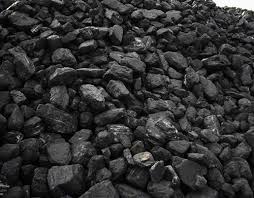
A point I’ve made many times on the blog about the practiced whining of the coal sector is nicely illustrated by a little post at the SMH blog today:
Analysts from global consultancy Wood Mackenzie had some surprisingly upbeat news for Australia’s struggling coal sector, countering perceptions that quite a few mines are under water at current prices and at risk of closure.
…WoodMac’s head of coal supply research Ben Willacy said that Australian producers of metallurgical coal are holding up well at today’s “extremely low” prices, and said only a few operators were incentivised to close mines.
Benchmark quarterly prices are at $US120 a tonne, the lowest they’ve been for six years and there’s still plenty of supply available. After a down-trend for the last four years, about half of the world’s mines aren’t making money, judging by the global cost curve.
However Australian producers have been very successful in taking an axe to costs, and pushing up supply to lower unit costs of production, Willacy said. As a result, several mines owned by the majors such as BHP Billion Mitsubishi Alliance, Anglo American and Rio Tinto are actually making a “decent margin” at the contract.
Exactly right. That’s not to say that there’s no pain the sector. There is, as expansions get shelved. But most mines are still fine and employment in the sector has been rising quite strongly with volumes.
Basically, whenever you see a statement by the coal sector, treat it with skepticism.

